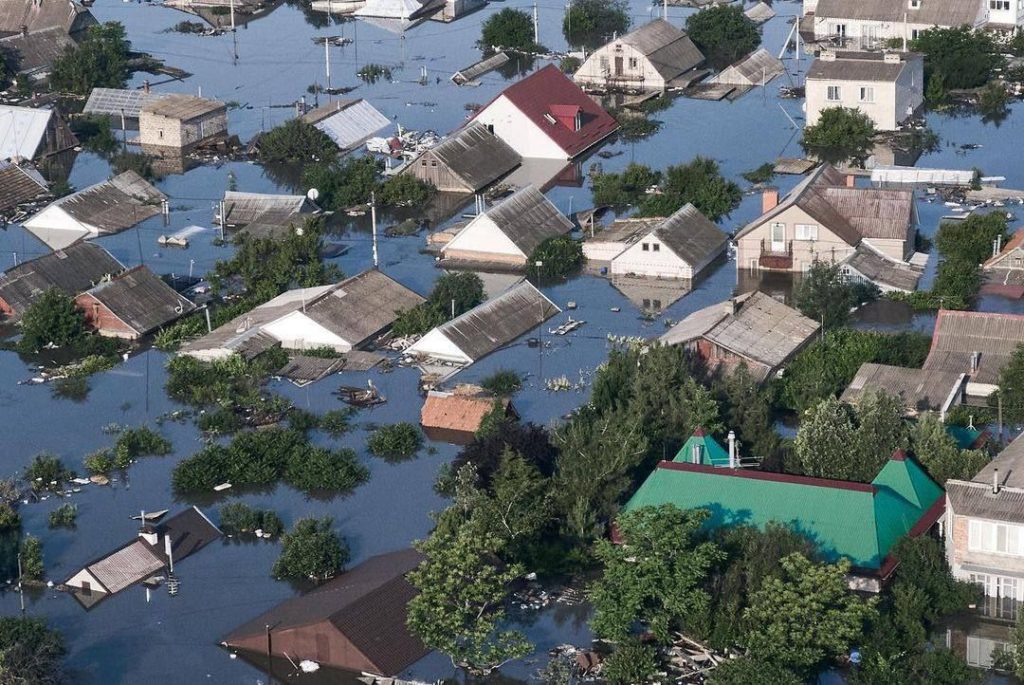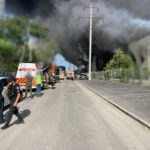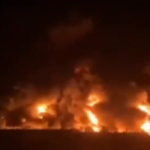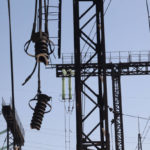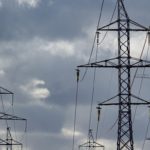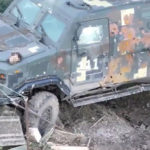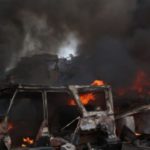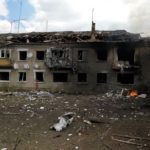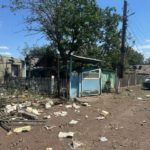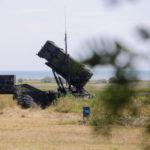A specially created interdepartmental and interregional group consisting of investigators from the Security Service of Ukraine (SSU) and the National Police is working on the investigation of the crime committed by the Russian aggressors.
This was reportedby the Office of the Prosecutor General.
As part of the pre-trial investigation, law enforcement officers, in collaboration with prosecutors, are examining all versions of events in order to establish the circumstances of the crime and identify the perpetrators.
A total of 10 investigative-operational groups are working at the scene. Forty protocols have been drawn up based on the results of inspections of open sources. Several inquiries have also been sent to government agencies and services. The affected areas are being documented.
Aerial inspections using a quadcopter have been conducted at five locations, focusing on four critical infrastructure objects related to water supply and drainage in the city of Kherson. It has been determined that the destruction of the dam resulted in an uncontrolled release of water, raising the water level in the lower part of the Dnipro River to 12 meters. Twenty-six settlements in the occupied part of the Kherson region have been flooded. Over 42,000 citizens reside in this area.
However, accurate information about the state of the technological catastrophe in the occupied part of Kherson region is not available. The evacuation of the population from the flooded areas is underway. Russians are shelling the settlements from which the evacuation is being conducted.
The flooding of the coastal zone in the lower part of the Dnipro River can lead to an environmental disaster:
- the Kakhovka Hydroelectric Power Station being submerged, damage to the turbine oil due to the flooding of the machine room,
- a sharp decrease in the water level in the Kakhovka Reservoir, potentially disrupting the cooling system of the Zaporizhia Nuclear Power Plant,
- the inability to operate the North-Crimean and Kakhovka canals after the restoration of control over the left-bank part of Kherson region until the Kakhovka Hydroelectric Power Station is restored,
- the spread of infectious diseases,
- pollution and unsuitability of a significant area of fertile land, endangering food security,
- massive loss of water resources due to the disruption of the ecosystem of the Dnipro River and its tributaries,
- the destruction and damage of infrastructure facilities, private buildings and vehicles,
- the flooding of social infrastructure, resulting in the failure of sewage and drainage systems, leaving a significant number of civilians without drinking water and electricity.
The destruction of dams, which are civilian objects containing dangerous forces, is considered a war crime. This is clearly stated in Article 56 of Additional Protocol I to the Geneva Conventions. Such actions can be equated to the use of weapons of mass destruction.
Photo: Open sources
